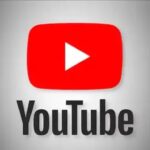YouTube Marketing: mistakes you should not make!
Has your YouTube channel growth stalled? Or do you not even explore the tool? In this article you will understand a little more about marketing and the mistakes you should not make on YouTube.
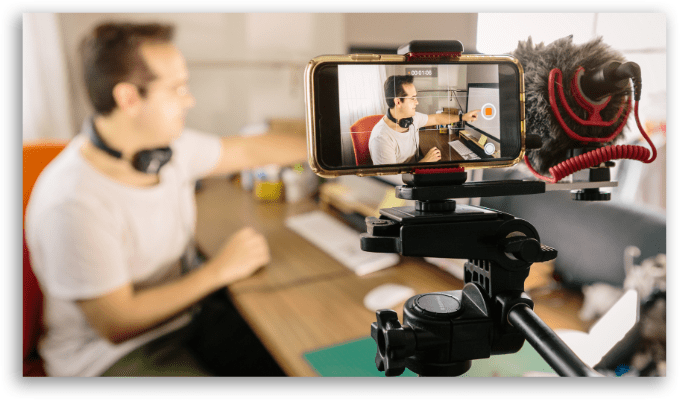
We will also show you some metrics that are overlooked and can help you grow faster.
After all, unlike other social networks, little is said about the YouTube algorithm. Maybe that’s why it is often ignored by content creators and even marketers.
However, the numbers on this platform are incredible. Did you know, for example, that:
- YouTube is the second largest search engine in the world and, to top it off, it is owned by the largest search engine in the world: Google.
- In 2021, advertisers spent more on YouTube than any other social network.
Well, there is so much demand that currently, ads have been included in all videos, even those on very small channels, for creators to monetize.
Perhaps the biggest mistakes professionals and content creators make on YouTube is underestimating the breadth of opportunities. Many people waste time focusing on organic content and a short-term view of the platform.
Some even pay attention to the wrong metrics and in this article, we will help you focus on content that draws people to your channel.
Thus, you can turn your YouTube channel into a marketing and sales machine.
The pillars of creating content on YouTube
To start creating your content you need to have three well-defined pillars.
These are the three questions that, in all your videos, need to be clearly answered:
- Subject: What is the content about?
- Persona: Who is your audience?
- Reason: Why should they watch your content?
Having these key points well determined, with content that is engaging and, above all, relevant to your audience, YouTube will do the rest.
That’s right, the reach of your video will be the work of the platform. But of course, there are some metrics that will help you along that path and also help you understand the mistakes you should not make on YouTube.
How does the YouTube algorithm work?
As complex as the algorithms of other social networks, the YouTube algorithm observes and learns from users and the way they engage with content.
It considers metrics such as user satisfaction, engagement, number of views, and video viewing time.
It is obvious that the focus is to keep people as long as possible within the platform, that is, the algorithm itself will recommend the most interesting and engaging videos.
So, if your content is pleasing and holding users’ attention, free – organic – reach is more than guaranteed.
But if you want, you can pay to promote your content on YouTube.
Paid Ads vs Organic Content
Before promoting an ad, however, it’s important to understand your goals.
For example, if your current goal is instant, short-term reach, maybe promoting a video is an excellent ploy.
Now if you want to grow in the long term, structuring an organic strategy is the best option.
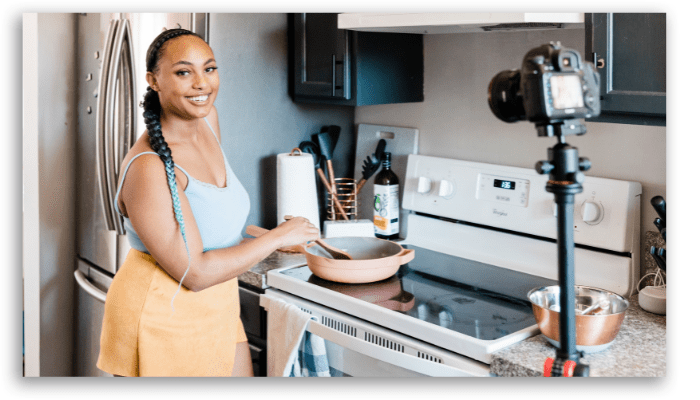
And do you know why?
As we said above, the viewing time of your videos is an important factor for the algorithm. The more time people spend watching it, the more interesting your content becomes for the platform, so it will be recommended more.
But in the case of paid content, these views end up not counting for the algorithm.
And this does not depend on the number of views and reach of your video, as the tool will not be able to distinguish whether people really like your content.
And this is where one of the biggest balconies on the platform comes in.
Why does content last longer on YouTube?
YouTube is a channel that offers and monetizes its content for much longer than any other platform.
The main strategy here is the long term. Unlike other networks like Instagram, TikTok, and Facebook where content is short-lived. On YouTube, your content can remain popular for a long time.
And besides, the platform doesn’t just recommend that viral video of yours, it recommends much other content from your channel to users.
Which, considering the long term, is the most important thing!
And if you have a variety of videos to share, YouTube’s algorithm will deliver your videos even more so that people can get to know your channel.
But the way you create these videos needs to be well thought out to avoid the mistakes you should not make on YouTube that could harm your channel.
So, how to create your content?
Creating interesting content on YouTube
To start we need to reinforce the main point: YouTube is a social network.
And here we need to open a very important parenthesis: it is the second largest social network used in the world.
And what does that mean? It means that people want to relate, engage with content and interact.
And often the videos don’t engage exactly because we make a big planning mistake: not clearly understanding who we’re talking to.
There are three main reasons why people watch videos on YouTube:
- Education
- Entertainment
- Social connection
In all cases, the main focus is on solving some user problem or making room for a conversation.
This means that the videos that engage the most are not the ones that showcase your products and talk about your brand. But rather those contents that solve a user’s problem based on some products, conversations, and interviews.
Think about the people who watch your videos and what they want to know and what you can offer within that universe.
Now if you have questions about these subjects, YouTube itself offers an amazing tool for searching and suggesting topics. You can find it inside your Analytics panel.

Now, if you represent a brand, collaborations with influencers and content creators are amazing tools for creating organic content.
The popularity and reach of some of these personalities can be wonderful for your channel, product, and/or service.
In this way, sales techniques are softened, after all, the points of view of these influencers and the way they communicate with the public end up bringing people closer to their product/service.
To better understand and analyze your videos and not make mistakes in your planning, let’s talk about YouTube Analytics.
How to use YouTube Analytics
If you still don’t know, get ready to understand a little better about this sensational tool.
In YouTube Analytics you will find very refined metrics and high level filters.
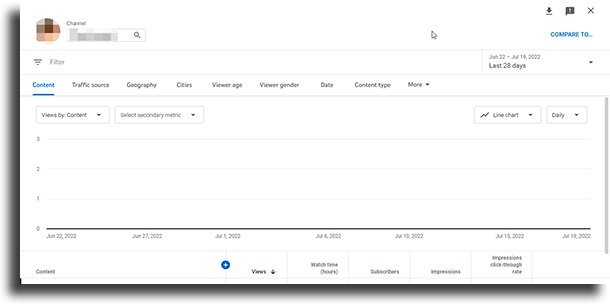
However, a problem may arise here. What to do with so much data and so much information?
What are the key metrics?
Main metrics
Below we will focus on the main ones so that you can plan ahead and correct the routes and understand the mistakes you should not make on YouTube.
Let’s go to them:
- Clickthrough rate (CTR): How many people are clicking to see your video from the thumbnail
- Average View Percentage (AVP): How much of each video do people watch? Are they jumping after 10 seconds or staying until the end?
- Average View Duration (AVD): This is slightly different from the percentage of views. If you post longer content, you might have a high AVD but a lower AVP, for example.
- Unique Viewers: Find out how many individual people are watching your videos.
- Average views per viewer: Find out if people are watching your videos again. This is a very strong indicator of good content.
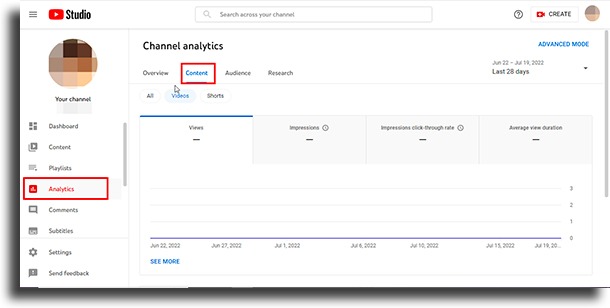
Consistency
Above you’ve seen some of the most important metrics, but what really matters to the YouTube algorithm? Consistency is the key word.
Consistently high click-through rates, percentages, durations, unique viewers, and views per viewer give YouTube’s algorithm a strong signal that people like the content.
Then more people will get the recommendations to watch your videos and as a result, your channel will grow quickly.
But it’s worth remembering that not having a high score on all metrics doesn’t mean you won’t be recommended. The algorithm joins the diverse data from all your videos.
So you can have a video with few unique views, but with a high number of views by the same user. And that’s an excellent metric!
Of course, the metrics above end up being a little basic and we won’t just stop there.
If, for example, people subscribe to your channel, share your videos, and scroll through your playlists, it’s a sign that they like your content. So don’t lose your gaze in just one data direction. Sharpen the analysis and perceive the deeper details of each video.
Now, if you want to keep your attention in one direction, focus on impressions.
Impressions
Impressions are the best indicator when it comes to reaching new followers. And when we talk about impressions on YouTube, we need to consider views:
- Direct from your video (eg by clicking a link to the video).
- From your video thumbnail in the search results.
- Thumbnails (thumbnail of your video) on targeted recommendations as people browse the app.
- From your video thumbnail in the recommendations at the end of another video.
- Thumbnails of your video in the sidebar of suggested videos.
Did you know that over 70% of daily YouTube views come from browsing? Well, end-of-video recommendations and the suggestion sidebar are the biggest ways for people to watch your videos.
And that’s exactly why you must work the algorithm very well. After all, it is responsible for the vast majority of recommendations and video views.
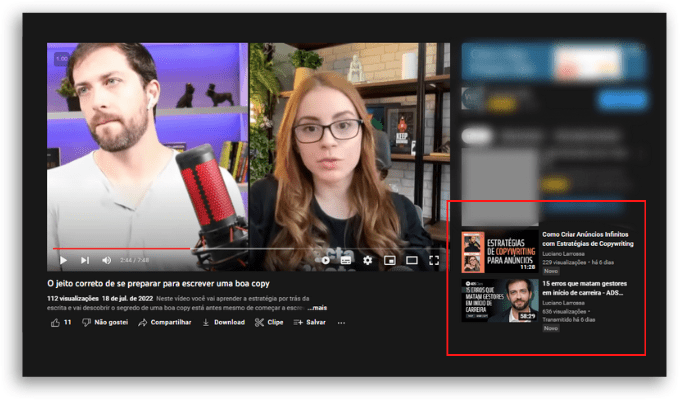
The missing metric
The world of marketing and, of course, the digital universe revolves around something very important: time! The response time for marketing actions is extremely important.
And on YouTube, as we said at the beginning, your content can remain active and viral for a long time. However, going viral early on is an estimate of success.
The first 2 hours of a video can say a lot about it. However, YouTube Analytics cannot measure a time shorter than 24 hours.
So this is one of those metrics you’re going to need to watch out for. So you can correct errors and change a title or thumbnail, for example.
One more important consideration
Now we come to a crucial point when we talk about mistakes you should not make on YouTube: comparisons.
Don’t compare your metrics with those of other channels. You don’t know exactly how big the support team for the other channels is.
Some have been active for a long time and the algorithm has already figured out their profile. So if you want to grow, remember that you are always competing with yourself.
That’s where your focus should be: on your impressions, your click-through rates, and the correct planning of each video you post.
Do your part by remembering the three pillars we talked about earlier and your channel will grow.
And what to do when videos aren’t engaging?
If you’ve tried everything and still haven’t been able to grow your channel, it’s time to focus your attention on the 3 Ts:
- Topic: Do your videos have a clear subject? Is it a subject that people really care about? Are they interested?
- Thumbnails: Is your video cover thumbnail objective, colorful and eye-catching? If it’s too bland or too polluted viewers may lose interest before clicking.
- Title: The title of each video should generate excitement and let people know exactly what they are watching. Vacant or clinical titles will perform poorly.
Never forget: you are competing with many other channels for viewer interest.
Yes, I know we said you shouldn’t worry about other people’s metrics. But that doesn’t mean you shouldn’t be concerned about their content.
Finally, it is worth mentioning that YouTube provides the best analysis among other social media platforms. A deep and data-packed analysis.
So take ownership of these possibilities, develop videos based on the pillars and the 3 Ts and you will surely go far!
Did you understand YouTube marketing and the mistakes you should not make?
So share with your youtuber friends and start exploring the platform now.
Take the opportunity to also see:
- How to download YouTube videos on iPhone!
- 15 video editing apps on Android and iPhone!
- How to edit videos with Canva





